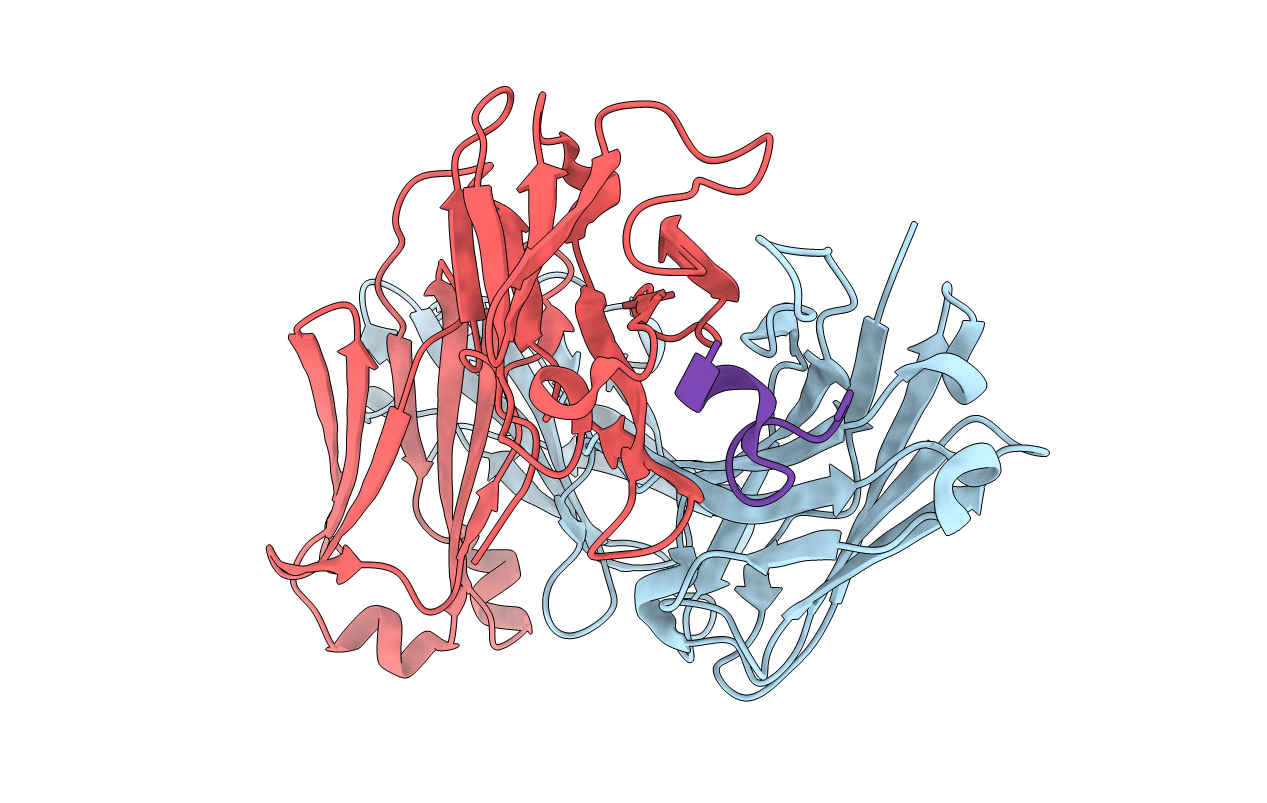
Deposition Date
2020-04-04
Release Date
2020-07-29
Last Version Date
2024-10-23
Entry Detail
PDB ID:
6WFY
Keywords:
Title:
Crystal structure of Fab224 in complex with NPNA4 peptide from circumsporozoite protein
Biological Source:
Source Organism:
Homo sapiens (Taxon ID: 9606)
Plasmodium falciparum (Taxon ID: 5833)
Plasmodium falciparum (Taxon ID: 5833)
Host Organism:
Method Details:
Experimental Method:
Resolution:
1.23 Å
R-Value Free:
0.18
R-Value Work:
0.16
R-Value Observed:
0.16
Space Group:
P 1 21 1


